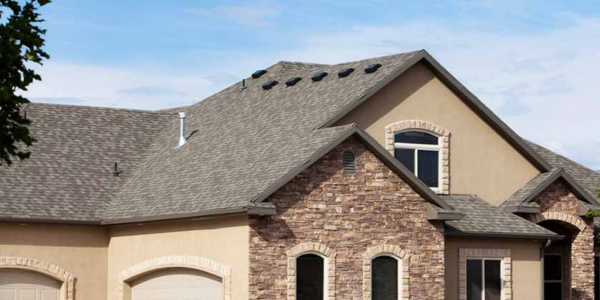How to Prevent the Dubious Freeze-Thaw Cycle

By Colin Sheehan.
What homeowners and building owners need to know to mitigate the risk of roof collapse in below-freezing and heavy-snow conditions.
As heavy winter storms continue to sweep through a substantial portion of the country, homeowners and building owners alike are increasingly worried about the damage these storms can cause on their properties.
Chicago is one of many cities experiencing intense winter weather and some of its residents are taking creative measures to protect their homes. Terry Czerniejewski, for instance, strung together two poles onto a 12-inch wooden plank to sweep the piling snow off his roof.
“There is probably a couple thousand pounds of weight sitting on it right now,” Czerniejewski told Manny Ramos, a corps member in Report for America, a not-for-profit journalism program that covers issues affecting Chicago’s South and West sides. “It’s a lot of weight and I don’t want it to cave in.”
A collection of buildings in Chicago have already collapsed as a result of the heavy snow. Firefighters and other responders have pinpointed a theme in these collapsed buildings, saying most of them had arched roofs and a bowstring truss roof system. Fortunately, for people with pitched-roof systems, there is little to fear when it comes to roof collapse.
The freeze-thaw cycle
Aside from the basic concept of a roof’s ‘breaking-point,’ the science behind roof damage and collapses can be understood by the freeze-thaw cycle.
The cycle occurs when warm air from the attic or heat from the sun melts the snow and ice on the roof, which can seep into the brick siding or under the shingles of a roof, causing leaks into the house or building. The melted water also trickles into gutters or overhangs and when temperatures drop at night, the water freezes and expands, which can push out brick siding or create ice dams on the roof. If left unattended, the cycle leads to what is known as the “pancake collapse.”
Roof ice and snow removal is an option for homeowners or businesses owners looking to mitigate the potential for roof collapses. However, this is a dangerous, time-consuming and costly job. It takes an average of eight hours for a team of professional workers to safely remove snow and ice from a roof by applying heat.
Other preventative measures that can be taken include:
-
Annual roof, attic and siding inspections
-
Adding heat coils or cables to the perimeter of the house or building
-
Using a roof-rake to manually clear off snow
-
Improving attic insulation and ventilation
-
Calling a professional
Have a question? AskARoofer.
Find your local roofing contractor in the RoofersCoffeeShop® Contractor Directory.
About the writer:
Colin Sheehan is a reporter, videographer and video editor at RoofersCoffeeShop®. He graduated with a B.A. in English with a Film Emphasis from the University of Colorado in Denver. Colin is a storyteller, musician and loves long hikes and camping in the Colorado mountains.









Comments
Leave a Reply
Have an account? Login to leave a comment!
Sign In